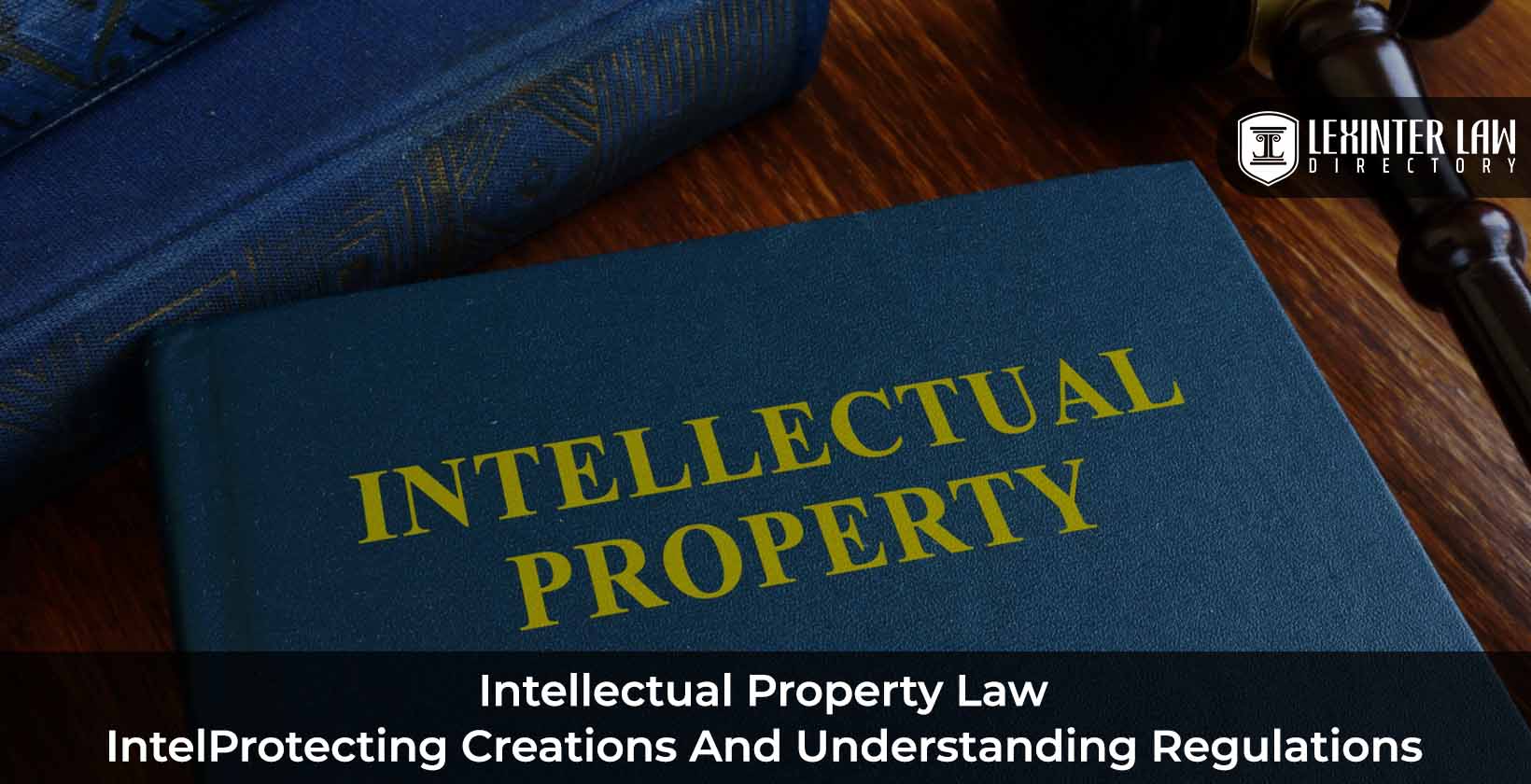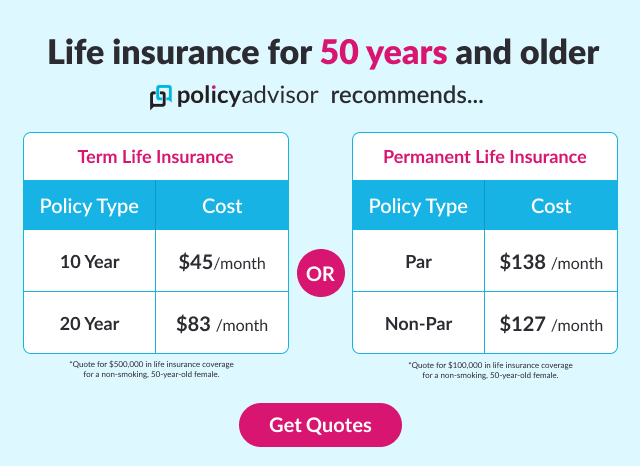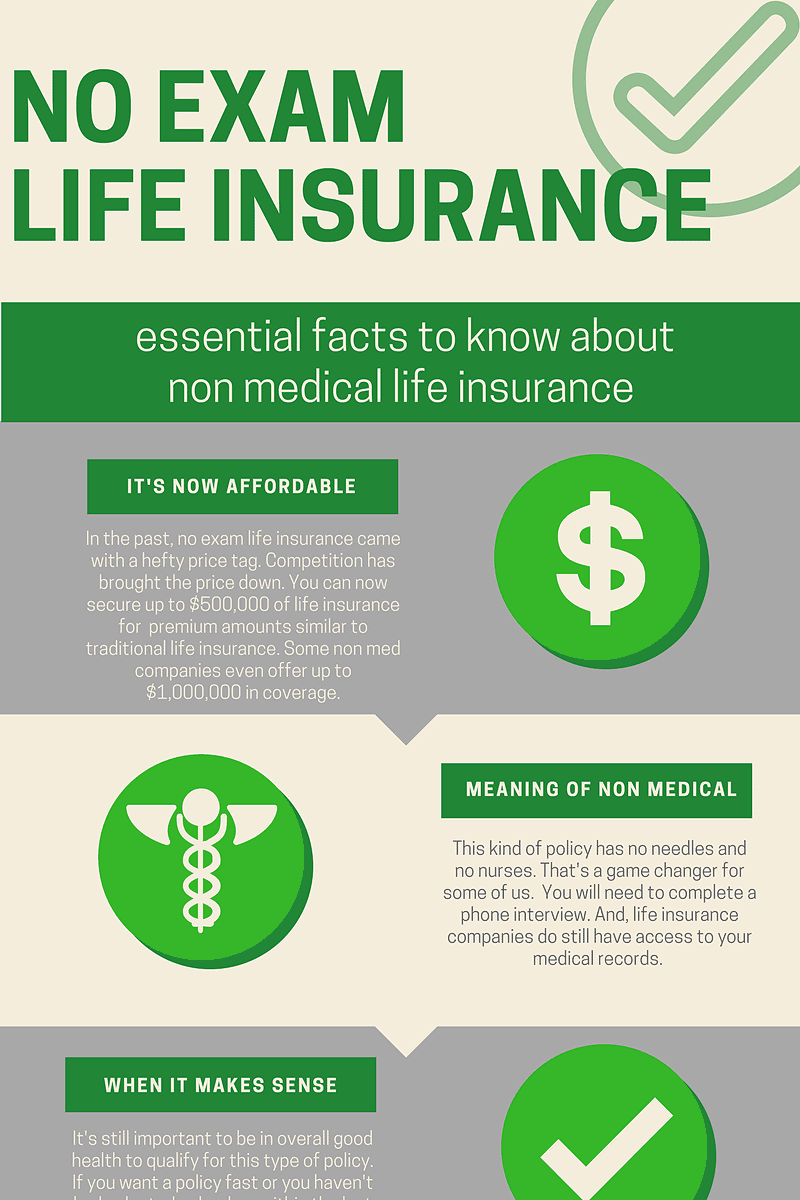Step 1: Gather Evidence
- Police report: This document will provide an official account of the accident, including witness statements and any citations issued.
- Witness statements: Obtain written statements from any witnesses who saw the accident and can corroborate your version of events.
- Photos: Take pictures of the accident scene, your vehicle(s), and any visible injuries.
- Medical records: Document any injuries you sustain and any treatment you receive.
Step 2: Contact Your Insurance Company
- Notify your insurer promptly about the accident and provide them with the evidence you have gathered.
- They will investigate the claim and assign you an adjuster.
Step 3: Build Your Case
- Provide a detailed statement: Describe the accident in detail, including the events leading up to it, the impact, and any conversations you had with the other driver(s).
- Challenge the other party’s claims: If the other driver(s) are claiming you were at fault, present evidence to refute their arguments.
- Consider legal representation: If your claim is being disputed, it may be wise to consult an attorney to help you build a strong case.
Step 4: Negotiate or File a Lawsuit
- Negotiate with the other party’s insurance company: If possible, reach a settlement that covers your damages and expenses.
- File a lawsuit: If negotiations fail, you may need to file a lawsuit to recover compensation for your injuries and property damage.
Additional Tips
- Stay calm and composed at the accident scene.
- Do not admit fault to anyone.
- Seek medical attention as soon as possible.
- Document your injuries and expenses carefully.
- Keep a record of all communications with the other party and their insurance company.
Introduction
Following a car accident, determining fault is crucial for allocating liability, insurance coverage, and potential legal repercussions. Proving your innocence can be challenging, but it’s essential to protect your rights and avoid being held accountable for damages you didn’t cause. In this comprehensive guide, we’ll explore how to prove you’re not at fault in a car accident, providing valuable tips and strategies to strengthen your case.
Gather Evidence
Immediately after the accident, start gathering evidence to support your claim of innocence. Take photos of the damage to both vehicles, the accident scene, and any visible injuries. Obtain witness statements and contact information from anyone who saw the incident. If possible, use your smartphone to record a brief video of the aftermath, capturing details that may fade from memory over time.
Police reports are crucial pieces of evidence. They typically include a diagram of the accident scene, witness statements, and the officer’s observations. Request a copy of the police report and review it carefully, noting any discrepancies or omissions that may need to be addressed.
Medical records are also important, as they document your injuries and any treatment you received. Keep a record of all medical appointments and expenses related to the accident. These records can help establish the extent of your damages and refute any claims that your injuries were not related to the accident.
Finally, don’t forget to document your own account of the accident. Write down everything you can remember, including the events leading up to the collision, the impact, and the aftermath. Your statement will serve as a valuable reference point for yourself, your attorney, and the insurance companies involved.
How to Prove You’re Not at Fault in a Car Accident: A Comprehensive Guide
If you find yourself in the unfortunate situation of a car accident, proving you’re not at fault can be crucial for protecting your rights and avoiding costly consequences. Here’s a comprehensive guide to help you navigate the process:
Gather Evidence
When it comes to proving your innocence, evidence is king. Gather as much as you can to support your case.
Witness Statements
Eyewitness accounts can be invaluable. Get the names and contact information of anyone who saw the accident, even if they seem uncooperative at first. Their testimony can corroborate your version of events.
Physical Evidence
Take photos of the accident scene, damage to both vehicles, and any injuries you sustained. If possible, obtain a copy of the official police report, which will provide an impartial account of the incident.
Medical Records
Document your injuries thoroughly. Visit a doctor or hospital and keep detailed records of your diagnosis, treatment, and recovery. This will help you establish the extent of your damages.
Vehicle Repair Records
Keep all receipts and estimates for repairing your vehicle. These records will prove the cost of the damage caused by the accident.
Cell Phone Records
If you were using your phone at the time of the accident, your cell phone records can help prove you weren’t distracted or negligent. Obtain a copy from your carrier.
How to Prove You’re Not at Fault in a Car Accident
Getting into a car accident is a stressful and frustrating experience, but it can be even worse if you’re not at fault. If you find yourself in this situation, it’s important to know how to prove you’re not at fault so that you can protect yourself from liability.
1. Gather Evidence
The first step to proving you’re not at fault in a car accident is to gather as much evidence as possible. This includes taking pictures of the damage to both vehicles, getting the names and contact information of any witnesses, and obtaining a copy of the police report.
2. File a Claim
Once you have gathered evidence, you need to file a claim with your insurance company. Be sure to provide them with all of the information you have, including the pictures, witness statements, and police report. Your insurance company will then investigate the accident and determine who is at fault.
3. Dispute the Fault Determination
If your insurance company determines that you are at fault for the accident, you can dispute their decision. To do this, you will need to provide them with additional evidence to support your claim. This could include witness statements, expert testimony, or even a reconstruction of the accident.
The dispute process can be lengthy and complex, so it’s important to seek legal advice if you are considering disputing your insurance company’s decision. An attorney can help you gather evidence, build your case, and represent you in court if necessary.
In many cases, the police report will be a key piece of evidence in determining who is at fault for a car accident. The police report will typically include information about the following:
- The date, time, and location of the accident
- The names and contact information of the drivers involved
- The make, model, and year of the vehicles involved
- A description of the damage to the vehicles
- The names and contact information of any witnesses
- The officer’s opinion as to who is at fault for the accident
The police report can be a valuable piece of evidence, but it’s important to note that it is not always accurate. If you believe that the police report contains inaccurate information, you can dispute it with the police department. You can also file a motion with the court to have the police report excluded from evidence.
How to Prove You’re Not at Fault in a Car Accident
If you’re involved in a car accident, it’s important to prove that you weren’t at fault to avoid blame and potential financial liability. Here’s a detailed guide to help you gather evidence and strengthen your case:
1. Report the Accident
The first step is to report the accident to the police and your insurance company. This official record will document the details of the incident, including the time, location, and any witnesses present.
2. Gather Evidence
Collect as much evidence as possible at the scene of the accident. Take photos of the damage to both vehicles, the surrounding area, and any visible injuries. If possible, obtain the names and contact information of any witnesses who saw what happened.
3. Don’t Admit Fault
It’s crucial to avoid admitting fault at the scene of the accident. While it may seem like the right thing to do, it can hurt your case later on. Instead, be polite and cooperative with the other driver and law enforcement, but don’t say anything that could be construed as an admission of guilt.
4. Witness Statements
Witness statements are invaluable in proving your innocence in a car accident case. Talk to any individuals who witnessed the incident and ask them to provide written statements. Their accounts can corroborate your version of events and provide additional support for your claim.
5. Document Your Injuries
If you sustained any injuries in the accident, it’s important to document them thoroughly. Seek medical attention immediately and keep records of all doctor’s visits, medical expenses, and any pain or suffering you experience. This documentation will help you prove the extent of your damages and support your claim for compensation.
6. Hire a Lawyer
In complex accident cases, it’s advisable to hire an experienced attorney. An attorney can guide you through the legal process, negotiate with insurance companies, and represent you in court if necessary. They can also help you gather evidence, prepare a strong case, and maximize your chances of a favorable outcome.
How to Prove You’re Not at Fault in a Car Accident
If you’ve been involved in a car accident, it’s imperative to take steps to prove you’re not at fault. After all, the insurance companies of those involved will investigate the accident and decide who’s responsible. If you can prove the other party’s fault, you’ll be in a better position to recover compensation for your damages.
Here are some steps you can take to prove you’re not at fault in a car accident:
Gather Evidence
The more evidence you have to support your case, the better. This can include:
- Photos of the accident scene: Take photos of the damage to your car, the other car, and the surrounding area. These photos will help to show what happened and who was at fault.
- Witness statements: If there were any witnesses to the accident, get their names and contact information. Their statements can help to corroborate your version of events.
- Police report: The police report will contain important information about the accident, including the officer’s opinion on who was at fault.
Cooperate with the Insurance Companies
Both insurance companies will likely send an adjuster to investigate the accident. Be cooperative with the adjusters and provide them with all the information they request. However, it’s important to remember that the adjusters are not on your side. Their goal is to minimize the amount of money their company has to pay out.
Exchange Insurance Information
This may seem like a no-brainer, but it’s important to exchange insurance information with the other driver(s) involved in the accident. This information will help the insurance companies to identify all the parties involved and begin the claims process.
Stay Calm
It can be difficult to stay calm after a car accident, especially if you’re feeling injured or shaken up. However, it’s important to remain composed so that you can make clear decisions and protect your interests.
Be Prepared to Testify
If the insurance companies cannot agree on who was at fault, you may need to testify in court. This can be a nerve-wracking experience, but it’s important to be prepared. Rehearse your testimony with your attorney and make sure you have all the evidence you need to support your case.
Conclusion
Proving that you’re not at fault in a car accident can be challenging, but it’s not impossible. By following these steps, you can increase your chances of getting the compensation you deserve.
Disclaimer: This article is for informational purposes only and does not constitute legal advice. If you have been involved in a car accident, you should consult with an experienced attorney to discuss your legal options.
How to Prove You’re Not at Fault in a Car Accident
When you’re involved in a car accident, proving that you’re not at fault can be a daunting task. But there are several things you can do to strengthen your case and increase your chances of getting a fair settlement.
Here are some tips on how to prove you’re not at fault in a car accident:
Gather Evidence
The more evidence you have to support your claim, the better. This can include witness statements, police reports other pertinent information.
Get a Copy of the Police Report
The police report is a key piece of evidence in any car accident case. It will contain information about the accident, such as the date, time, location, and the names of the drivers involved.
Take Pictures
If you can, take pictures of the accident scene. These photos can help to document the damage to your car and the other vehicle.
Get Witness Statements
If there were any witnesses to the accident, get their names and contact information. Witness statements can be very helpful in proving your case.
Hire an Attorney
If you’re seriously injured or the other driver is disputing fault, you may want to consider hiring an attorney. An attorney can help you to gather evidence, negotiate with the insurance company, and represent you in court.
Camera Footage
Camera footage can be some of the most valuable evidence in a car accident case. If there are any nearby businesses or traffic cameras that may have captured footage of the accident, be sure to request a copy. This footage can help to prove how the accident happened and who was at fault.
Insurance Information
After a car accident, it’s important to exchange insurance information with the other driver(s) involved. This information includes your name, address, phone number, insurance company, and policy number.
Seek Medical Attention
If you’re injured in a car accident, it’s important to seek medical attention as soon as possible. This will not only help you to get the treatment you need, but it will also create a record of your injuries.
File a Police Report
Filing a police report is an important step after a car accident. The police report will document the details of the accident and provide you with a copy for your records.
Contact Your Insurance Company
You should contact your insurance company as soon as possible after a car accident. They will be able to help you file a claim and get your car repaired or replaced.
How to Prove You’re Not at Fault in a Car Accident
Being in a car accident can be a stressful and confusing experience. If you’re not at fault, it’s important to know how to prove it so you can protect your rights and avoid being held liable for the damages. Here are a few tips on how to do just that:
Gather Evidence
One of the most important things you can do after a car accident is to gather as much evidence as possible. This includes taking photos of the damage to both vehicles, getting the names and contact information of any witnesses, and obtaining a copy of the police report. If you’re injured, be sure to seek medical attention and get a copy of your medical records.
File an Insurance Claim
Once you have gathered your evidence, you should file an insurance claim with your insurance company. Be sure to provide them with all of the information you have, including the photos, witness statements, and police report. Your insurance company will then investigate the accident and determine who is at fault.
Contact an Attorney
If you’re not satisfied with the insurance company’s determination, you may want to contact an attorney. An attorney can help you gather additional evidence, file a lawsuit, and represent you in court. An attorney can also help you negotiate a settlement with the other driver’s insurance company.
Expert Testimony
In some cases, it may be helpful to consult with an expert witness. An expert witness can provide testimony about the cause of the accident and who is at fault. This can be especially helpful if the other driver is disputing your version of events.
Stay Calm and Collected
It’s important to stay calm and collected after a car accident. This will help you think clearly and make the best decisions for yourself. Don’t get angry or upset with the other driver. Instead, focus on gathering evidence and protecting your rights.
Don’t Admit Fault
Whatever you do, don’t admit fault to the other driver or the police. Even if you believe you may be partially at fault, it’s important to let the insurance companies and the courts decide who is responsible.
Get a Copy of the Police Report
The police report is an important piece of evidence that can help you prove who is at fault in a car accident. Be sure to get a copy of the police report as soon as possible after the accident.
Cooperate with the Insurance Company
It’s important to cooperate with the insurance company during the investigation. This means providing them with all of the information they request and attending any scheduled appointments.
Don’t Sign Anything
Don’t sign anything without first talking to your insurance company or an attorney. This includes any settlement offers or releases of liability.
How to Prove You’re Not at Fault in a Car Accident
If you’ve found yourself in the unfortunate position of being involved in a car accident, proving that you’re not at fault can be crucial for protecting your rights. Here’s a step-by-step guide to help you strengthen your case and prove your innocence:
Document the Scene
Immediately after the accident, it’s imperative to gather as much evidence as possible. Take photos and videos of the damage to both vehicles, the surrounding area, and any visible injuries. Make sure to document the weather conditions, traffic lights, and road signs.
Exchange Information
Obtain the names, contact information, insurance details, and license plate numbers of all drivers involved. Collect the names and contact details of any witnesses who may have witnessed the accident. Their testimonies can serve as valuable evidence.
Report the Accident
File a police report as soon as possible. Police officers will investigate the scene, gather witness statements, and determine the fault. The official report will be a significant piece of evidence in your case.
Seek Medical Attention
Even if you don’t feel injured, it’s essential to seek medical attention. Some injuries may not be apparent immediately, and medical records will provide documentation of your injuries and support your claim.
Contact Your Insurance Company
Notify your insurance provider about the accident and provide them with all the details you’ve gathered. Cooperate with their investigation and provide them with any evidence you have.
Preserve Physical Evidence
If possible, keep all damaged parts, such as broken headlights, bumpers, and tires. These physical pieces of evidence can support your claim and refute any allegations against you.
Hire a Lawyer
If the other party disputing fault or the insurance companies are uncooperative, consider hiring an experienced attorney. They can represent your interests, gather additional evidence, negotiate with insurance companies, and help you build a strong case.
Prepare for the Trial
If the case goes to trial, you’ll need to be prepared to present your evidence and defend your innocence. Practice answering questions clearly and concisely, and be ready to provide detailed accounts of the accident.
Conclusion
Proving that you’re not at fault in a car accident requires a proactive approach. By following these steps, you can strengthen your case, protect your rights, and ensure a fair outcome. Remember, every detail counts, so be thorough in your documentation and evidence-gathering. The more evidence you have to support your innocence, the more likely you are to prevail.




Leave a Reply